Infrastructure Malta (IM) has never been too far from controversy, and the latest bone of contention involved Wied Qirda in Żebbuġ, where works have been underway for a while. However, the ERA has now issued a stop and compliance order, saying that the works lacked an environmental permit. First of all, did IM obtain all the necessary permission to carry out these works?
While the Environment and Resources Authority published a stop and compliance notice, at no point did the order tell us to stop; it told us to do work which is only related to what is dangerous.
In this case, we are not working on the valley per se; we are working on the road adjacent to the valley. There is part of the road which was damaged in the storm earlier this year, so there was an element of danger. Part of the road was closed immediately and we are at the point where we are fixing this road.
Why did that damage occur? In part of the valley there is a dam which was built 60 years ago and which was subject to an enforcement notice until recently. If the dam is not removed, then the damage will keep recurring – in fact this was brought up in Parliament by Godfrey Farrugia, and we confirmed that we would indeed be removing it and replacing it with a bridge so that the water can continue to flow.
On the question of permits and why we felt that the stop and compliance order should not have been imposed; we are working on the road, which is in a dangerous state. By law, where there is, danger we are obliged to step in, identify the problem, and fix it – which is what we are doing in this case.
However, the stop and compliance order was not only based on those works – asphalting works and road widening in other parts of the valley were mentioned as well; so it was not just based on what you mentioned…
In Wied Qirda there are three areas which were mentioned – the first which I have mentioned already, the second is where the road gave way leading to a truck to topple over, and the third where, yes, part of the road was widened and asphalted beyond what was originally there.
The latter will be removed. At no point did we instruct the contractor to widen the road. However, because that is an area where cars park, and as works were ongoing, the contractor felt that it should be asphalted. That, eventually, will be removed.
Where the truck fell we will be building a wall to strengthen the road and re-asphalt it. But, yes, things which shouldn’t be there will be removed.
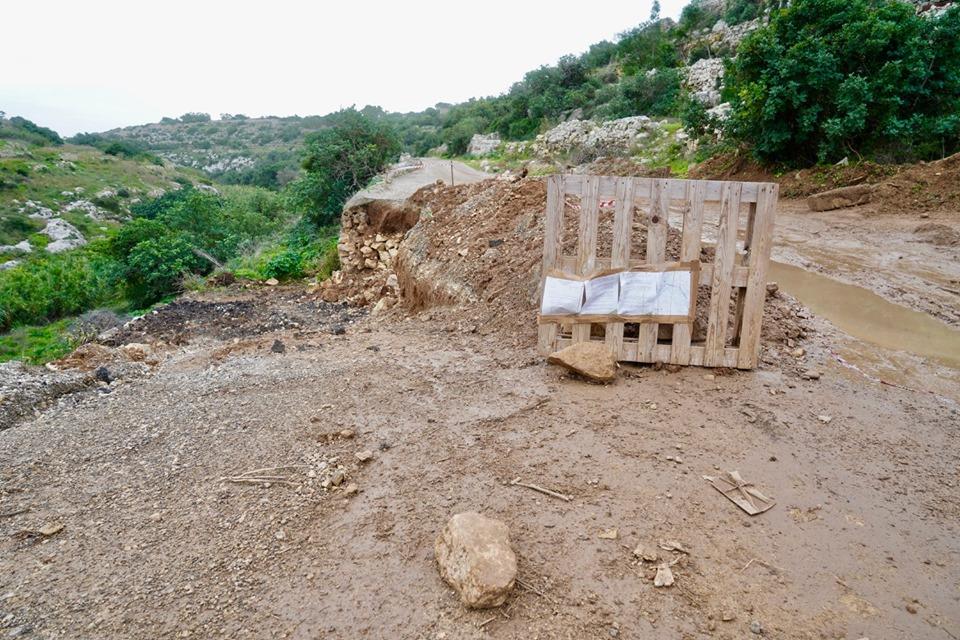
Since there is this ERA order in place, didn’t you feel that until the matter works should stop until the matter could be resolved?
I think that a good point. Contrary to the impression generally given about us, we do cooperate with every authority we work with.
If we take this particular case, the ERA asked us for a method statement and we gave it to them in less than 24 hours. We asked for a meeting with the ERA; they asked for more documentation and we provided it. We do collaborate, but in cases where there is danger, one must find the balance between whether to intervene so that nobody gets hurt straight away or wait.
Our decision here was to close off the road and intervene to eliminate the danger. However, we have not used methods which damage the environment – in fact, limestone is being used as the foundation stone. The valley will be cleaned, and the water course will be allowed to pass through as it originally did.
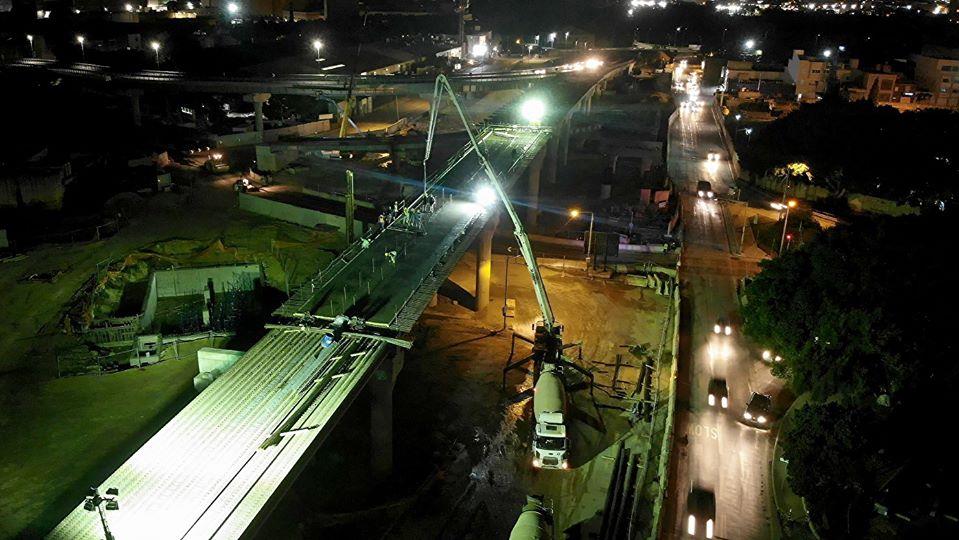
One of the biggest projects in recent times is that of the Marsa Junction. However this, too, has been the subject of controversy after it emerged that the first flyover was missing its expansion joints, which would be installed at the end of the project. Why are they going to be added at the end of the project?
We have the expansion joints. We have had them for months. It was always our plan to include expansion joints in the design, but they need to be placed with the last layer of asphalt. This is for two reasons: if they are placed before, they could be damaged; and when the last layer of asphalt is laid, there may be a gap between the asphalt and expansion joint.
In this case, the area where the joint sits was filled with a type of expansion foam, and the asphalt was then layered on. Part of that depressed, and so a plank was laid across until the final layer of asphalt and joint are laid.
However, I think the question which was raised by many was whether it was the right decision to open the flyover and allow vehicles to pass over it before the expansion joint was put in place.
What is certain and what has been agreed upon is that there is no danger. What there wasn’t an agreement on was the timing.
Let me be clear, if the flyover was not opened; the project could not continue. The reason is that we had a number of vehicles which had to be diverted onto it so that work on other parts of the project could continue.
So after making sure that there was no danger, we made the decision to use the flyover. Today over 11,000 vehicles pass over it every day, and that is helping us stay ahead of schedule on other parts of the flyover, which confirms that this was the right decision.
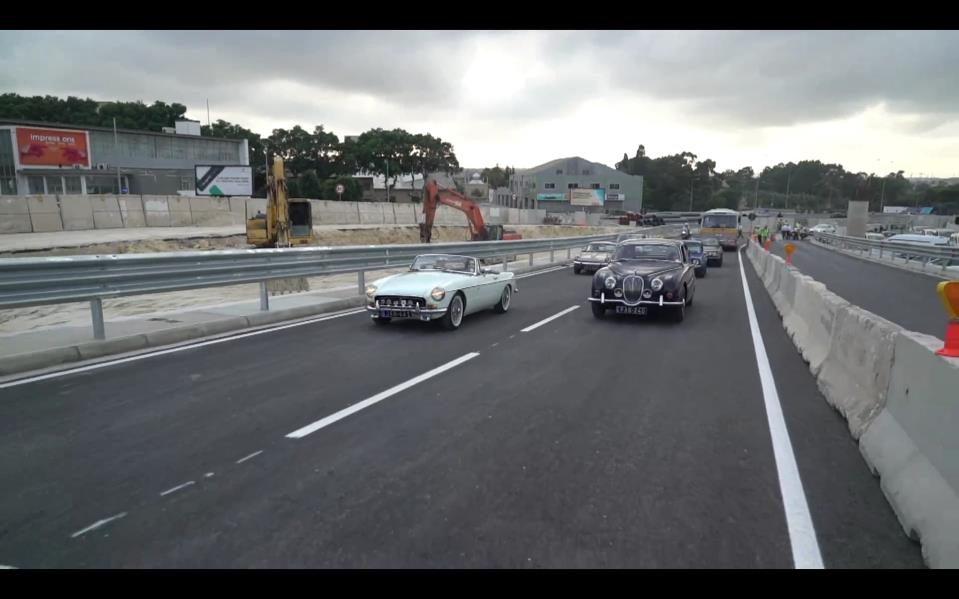
In fact that was likely the biggest criticism – that a €40,000 ceremony was organised for something that wasn’t yet ready…
I think that an inauguration ceremony has to be seen as a symbolic day. A symbolic day, in this case, for those in the south of the country who have for years been passing through traffic lights and facing major traffic problems to get to their homes or offices.
It was a symbolic day where the government, through Infrastructure Malta, opened the first flyover so that these people could use it. More flyovers will be opened soon and we are determined that, for those in the south who have to pass through this area, not only will we finish them on time, we will finish the project before time so that it can be used by everyone.
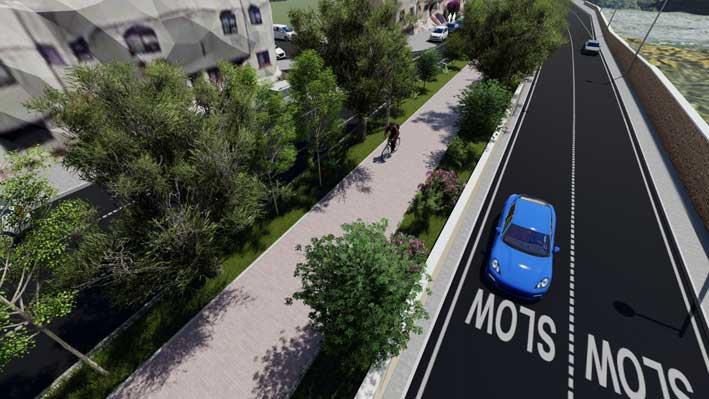
The Central Link project is another controversial one, with NGOs now saying that an appeal against the project will be filed in court and even suggesting that they had not been granted a fair hearing by the planning tribunal. If the project does go to court, and the courts decide to rescind planning permission for the project, what will the next step be for Infrastructure Malta?
This project was approved on paper 60 years ago and in the last couple of years, it has caused a bit – or rather a lot – of controversy. The project is something for which the need was felt 60 years ago, so it is an important one.
I think here there is an agreement that we need to intervene. What there may not be an agreement on is our design. The original plan was that all traffic was diverted from the outside of Attard. We tried to find a balance and split the traffic more evenly.
On the implication that they may not have had a fair hearing, I would rather not comment given that they intend to take the case to court.
This is a project which was approved 60 years ago, reconfirmed in the 1990s, reconfirmed again in 2000 in the local plan, and approved by the European Commission. We believe that it is important and if the courts decide that there are things we have to change, we will change them and go forward once again. This project is going to be carried out.
We have followed all that has been requested of us from the Planning Authority and the ERA among others, and we need to ensure that such an important project for the country is implemented. As always, if there are places where we need to make changes, we will.
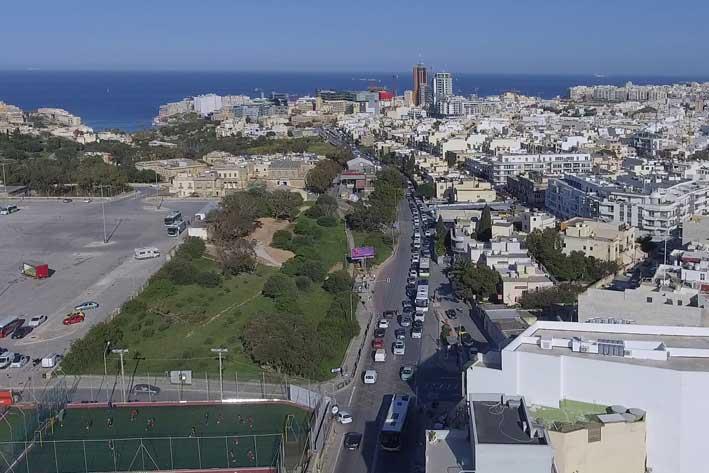
A recently revealed project is that of the Pembroke tunnels. The project has been criticized by some – including major firm International Hotel Investment plc, which owns Corinthia San Gorg, the Radisson, and the Marina Hotel – which says that this will only accommodate new major developments in the area, and not to alleviate existing traffic jams. What do you say to this?
These were very interesting objections, because while we are used to getting objections from NGOs and local councils, this time we got some from businesses. That alone confirms that our plans are not targeted at any particular sector.
Maybe things could be improved, but at no point are we going to build a tunnel which starts in a public place and ends in a private place. The tunnels we proposed start in a public place and end in a public place. Yes, there are branches which will go into private property – this helps to reduce traffic which passes above ground, which even improves emission levels. The tunnels are not going to be built for particular projects – tunnels will be built to help, where they can, direct traffic underground.
This is a process which has just started at the PA – consultations are ongoing so, yes, if we can improve or change things, we are open to it.
The Superintendence of Cultural Heritage has also expressed concerns about several archaeological and historical sites in the area – how will you be making sure that these sites, some of which are quite fragile, are not affected by the development?
One of the entities which we work closest with is the Superintendence of Cultural Heritage. We work with them a lot and I am looking forward to discussing this project. We are ready to change things, monitor things and even deviate from the original plan if need be, as we had to do in Santa Luċija, for instance. It is in Infrastructure Malta’s interest to safeguard our cultural heritage.
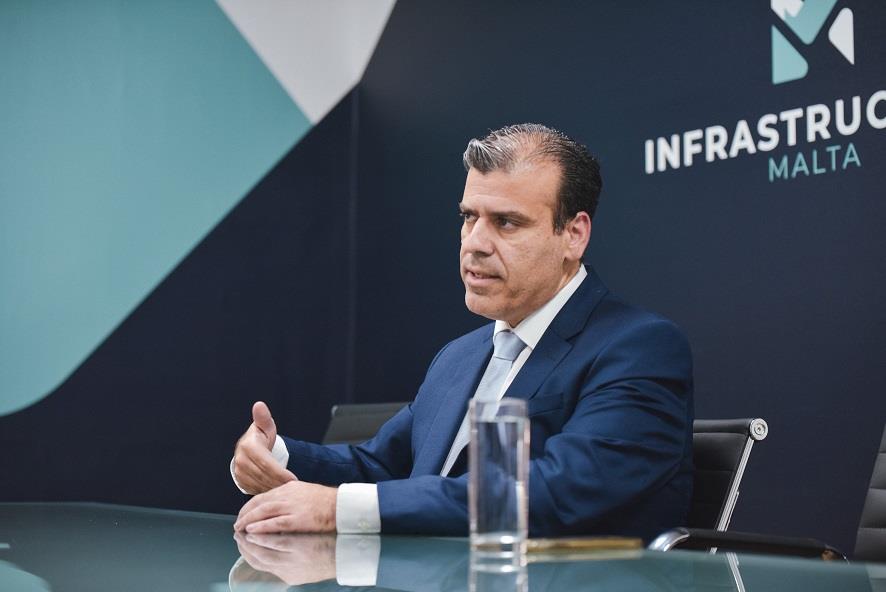
There has been criticism levelled at Infrastructure Malta for a lack of focus on alternative means of transport such as cycling, with cyclists’ lobby group BAG arguing that the infrastructure for bicycles in new projects is not up to scratch – Central Link, for instance, have bicycle lanes which are not connected, along with complaints on Tal-Balal. Is IM making efforts to address these concerns?
If we take the Central Link project, the Bicycle Advocacy Group president told us that with some tweaking, the project would be acceptable. I believe that a lot of that tweaking has already been done, but I am looking forward to meeting them to see what we need to fix. However, I am very satisfied that only minor tweaks are required to a project of such a scale.
With Tal-Balal, everyone who passes through there knows that connectivity between San Ġwann and Naxxar was nonexistent other than by a car. We had to widen the road and it was felt that we should provide a pavement and crossings for pedestrians along the whole way. For cyclists, meanwhile, we saw fit to place sharrows – an idea which BAG had come up with; so we took their proposal on board and introduced what they suggested.

However, you then have the roundabouts at Tal-Balal which BAG instructed their members not to use as they are dangerous…
I think one must be careful when giving instructions to ignore road signs. Feeling that you should take the law into your own hands and suggest certain things is wrong. If there is the need to embark on an educative campaign to inform not just cyclists – as the problem isn’t generally the cyclist – but also car drivers who may not know what priority they have to give, to who, and when, then we should do it. So let us agree to embark on an educatational campaign to show everyone on our roads who has priority and where – I think we should do that.
One of the biggest problems in Malta is the sheer number of cars we have; almost 400,000 cars for half a million people. Do you think that Infrastructure Malta’s projects will ultimately help to reduce this dependence on cars?
Infrastructure Malta isn’t just about widening roads, as many seem to think. Through our projects, we are, where possible, introducing infrastructure such as pavements, cycle lanes, and public transport priority lanes to help improve alternative transport infrastructure.
There are roads, like Taċ-Ċawsli, which we felt we could narrow, but there were others which, yes, we felt needed to be widened. In doing so, however, we are pushing traffic out of village centres and onto arterial roads, reducing congestion and emissions within our towns and villages. We are, however, definitely thinking about the future in our projects.